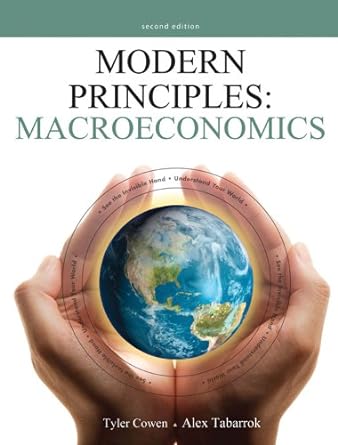1.1. In the chapter, we focused on a sugar tariff that eliminated all imports. Let's now take...
Question:
1.1. In the chapter, we focused on a sugar tariff that eliminated all imports. Let's now take a look at the case where the sugar tariff eliminates some but not all imports. We will also examine the closely related case of a quota on sugar imports.
The figure below shows a tariff on ugar that raise the U.S. price to 20 cents per pound but at that price some sugar is imported even after the tariff Price per pound
(in cents)
20 15 21
a. Label the free trade equilibrium, the tariff equilibrium, wasted resources, lost gains from trade, and tariff revenues.
.,_ __ world supply 24 Quantity
(in billions of pounds)
b. Now imagine that instead of a tariff, the U .S.
government uses a quota that forbids im ports of sugar greater than 6 billion pounds.
(Equivalently, imagine a tariff that is zero on the first 6 billion pounds of imports but then jumps to a prohibitive level after that quan tity of imports-this is closer to how the system work in practice.) Under the quota system what does area D represent? Would importers of sugar prefer a tariff or a quota?
c. The sugar quota is allocated to importing countries based on imports from these countries between 1975 and 1981 (with some subsequent adjustments). For example in 2008 Australia was given the right to export 87 thousand metric tons of sugar to the United States at a very low tariff rate, while Belize was given the right to export 11.5 thousand metric tons of sugar to the United States at a very low tariff rate. How do you think these rights are allocated to firms within the sugar-exporting countries?
d. Discuss how the quota and the way it is allocated could create a misallocation of resources that would further reduce efficiency relative to a tariff that resulted in the same quantity of imports.
Step by Step Answer:







